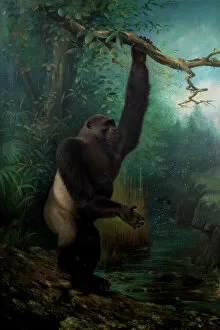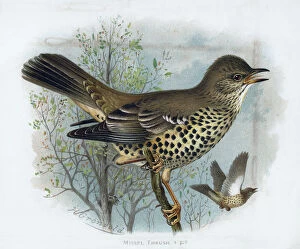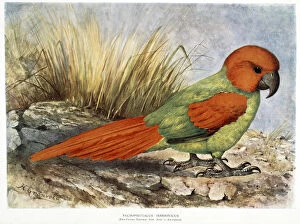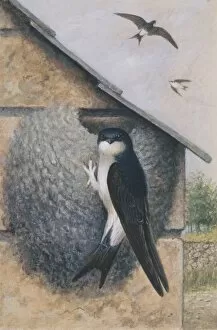Henrik Gronvold Collection
Henrik Gronvold, a renowned 19th-century artist, captured the beauty of nature through his intricate illustrations
All Professionally Made to Order for Quick Shipping
Henrik Gronvold, a renowned 19th-century artist, captured the beauty of nature through his intricate illustrations. From Gorilla gorilla to Motacilla flava, his artwork showcased the diversity of species that inhabit our world. One of his notable works is the depiction of Missel Thrush, showcasing his attention to detail and artistic finesse. In collaboration with Walter Rothschild's research on avian species, Gronvold illustrated Necropsittacus borbonicus - an exquisite parrot known for its vibrant plumage. His talent extended beyond animals as he also created stunning artwork featuring an Orangutan skull (artwork C016 / 5549), highlighting the intricacies of this primate's anatomy. Gronvold's passion for ornithology is evident in his Key for Eggs of Paradiseidae and captivating illustrations depicting Eggs of Paradiseidae. These delicate eggs are a testament to the wonders found in nature. Amongst his collection lies Great Auk Eggs - a poignant reminder of these flightless birds that tragically went extinct due to human activities. Gronvold immortalized their existence through artistry and serves as a reminder for us to protect vulnerable species today. Pongo pygmaeus or orangutans were another subject close to Gronvold's heart. Through meticulous strokes, he brought these gentle creatures to life on canvas, capturing their essence and raising awareness about their conservation needs. Henrik Gronvold's legacy lives on through his extraordinary artworks that celebrate biodiversity while urging us all towards environmental stewardship. His dedication shines brightly in each stroke; reminding us all that art has the power not only to captivate but also inspire change in how we perceive and protect our natural world.












